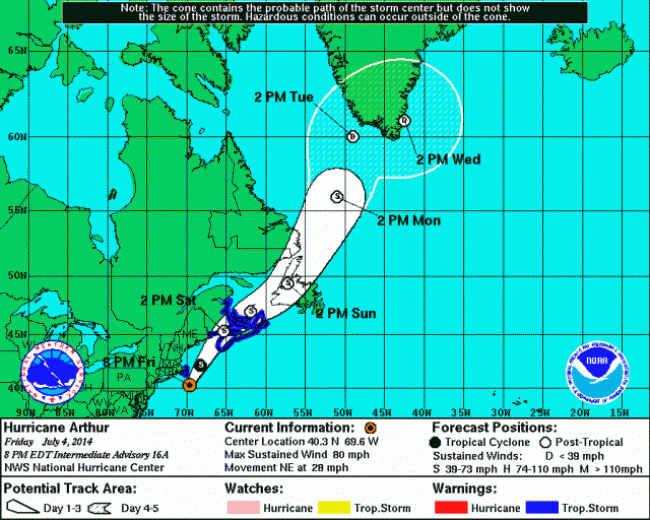Articles Menu

We know that some things are adapting to a warmer climate by migrating north. Some of these species include the Mangrove forest, butterflies, fish, mosquitos and many others. NOAA has added a terrifying new entry to this list, the latitude where hurricanes, typhoons, and cyclones reach their maximum intensity.
The Arctic is a semi-enclosed ocean, almost completely surrounded by land. Although sea ice moves around the Arctic basin, it tends to stay in the cold Arctic waters. Floes are more prone to converge, or bump into each other, and pile up into thick ridges. These converging floes makes arctic ice thicker. The presence of ridge ice and its longer life cycle leads to ice that stays frozen longer during the summer melt. This process is crucial in keeping vast quantities of the greenhouse gas methane locked under the sea. The arctic has been warming as we all know and this past June, Greenland broke it's "hottest" record. The melting of the sea ice is resulting in dramatic repercussions, including greater coastal permafrost erosion, which can present problems for the people and economic activity in this region. Importantly, storms across the Arctic Ocean and higher wind speeds along the edges of Greenland can break up sea ice and speed up its exit from the Arctic Ocean.